
Previously, Mr. Chao A Sinh's family in Ban Qua commune (Bat Xat) lost a buffalo while plowing in the hot weather. Learning from that year's experience, on hot days, Mr. Sinh does not let the buffalo work, only lets it graze outdoors in the early morning or cool afternoon, gives the buffalo diluted salt water to drink and bathes it 1-2 times/day.

In addition, he increased the amount of green food to help the buffaloes resist hot weather, such as fresh grass, corn, and banana trees. When the heat persists, veterinary staff also instructed the family to strengthen disease prevention and control measures, such as cleaning the barn, collecting and treating waste to ensure the barn is clean and airy, spraying disinfectant to kill ticks, gnats, flies, and fully vaccinating the livestock. Currently, his family maintains 9 buffaloes, including 4 mother buffaloes, 1 male buffalo, and 4 calves, all of which are healthy.

Poultry farmers at this time have proactively reduced stocking density and rearranged their barns to limit the heat. Ms. Le Thi Hang, Xuan Quang commune (Bao Thang) said: In the previous batch, I raised more than 4,000 chickens, now it has been reduced to 3,000. Although it is early summer, the hot weather makes the chickens eat less and grow slowly, so I add vitamin C and electrolytes to their diet and drinking water to increase the resistance of the livestock. In addition, I regularly change the biological bedding to help decompose chicken manure, deodorize, keep the barn clean, and create a clean and airy environment.
Regarding aquaculture, people also take proactive measures to prevent sun and heat. Mr. Le Van Hien, Van Son commune (Van Ban) said: My family has more than 2 hectares of aquaculture ponds (fish, soft-shell turtles). To keep the aquaculture healthy, I always monitor and maintain the water level in the pond, and plant duckweed in the corners of the pond to provide shelter and protection from the sun for the fish and soft-shell turtles.

According to the recommendations of the Department of Agriculture and Rural Development, prolonged hot weather will reduce resistance and create favorable conditions for many dangerous diseases to arise and spread among livestock, poultry and aquatic products. Localities need to closely monitor weather developments and forecasts to increase propaganda, warnings and guide farmers on technical measures to overcome hot weather and water shortages.

For livestock and poultry, it is necessary to regularly check barns, cover them from the sun and cool them by covering the roof with heat-resistant materials. If possible, install a cooling water spray system on the roof, mist in the barn and install electric fans for cooling.
Large-scale livestock farms proactively supply electricity and water to ensure production; clean barns and surrounding areas, use biological products to spray barns, treat manure to limit the outbreak of diseases; reduce stocking density, increase nutrition, add BComplex, Vitamin C, electrolytes to drinking water to increase resistance, prevent heat stress for livestock. For large livestock herds, on hot days, between 10am and 3pm, do not graze and make livestock work; bring livestock back to barns or to places with shade and trees to avoid the sun.

Aquaculture production facilities should pay attention to adding water, ensuring the quantity and quality of water suitable for fish growth and development. Water hyacinths should be planted or squash, gourds, and pumpkins should be placed on the pond surface to reduce heat and provide shelter for fish. Cage and raft fish farms on hydroelectric lakes should regularly clean the cages to ensure water circulation; move the cages to a shady place, and if they cannot be moved, lower the cage net to ensure the temperature for fish growth and development. Coldwater fish farms (salmon, sturgeon) should repair the incubation tank system, nursery tank, and pond to avoid water leakage, and adjust the water supply valve appropriately to avoid water shortage.
During hot weather and water shortages, it is necessary to use necessary equipment (pumps, aerators, flow generators, oxygen supply equipment, semi-circulating filtration systems, etc.), and reduce food rations by 50% - 70% or stop completely on hot days (water temperature above 35 degrees Celsius); do not catch or transport fish during hot weather.

Source


![[Photo] Students of Binh Minh Primary School enjoy the full moon festival, receiving the joys of childhood](https://vphoto.vietnam.vn/thumb/1200x675/vietnam/resource/IMAGE/2025/10/3/8cf8abef22fe4471be400a818912cb85)




![[Photo] Prime Minister Pham Minh Chinh chairs meeting to deploy overcoming consequences of storm No. 10](https://vphoto.vietnam.vn/thumb/1200x675/vietnam/resource/IMAGE/2025/10/3/544f420dcc844463898fcbef46247d16)


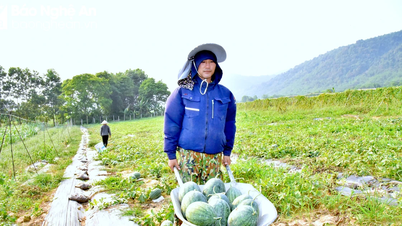
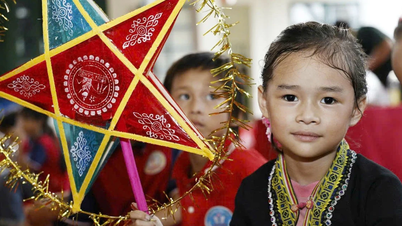

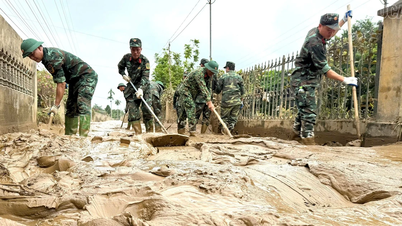
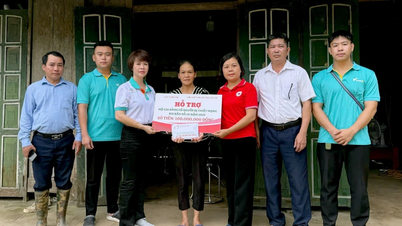

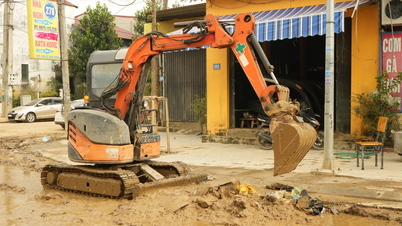
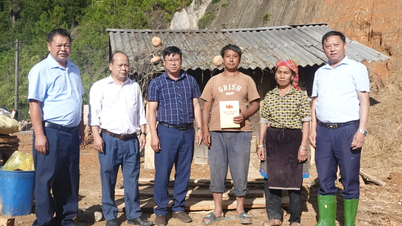




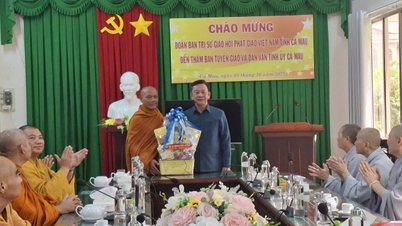
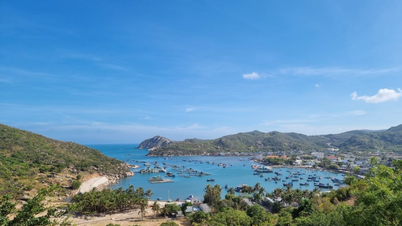
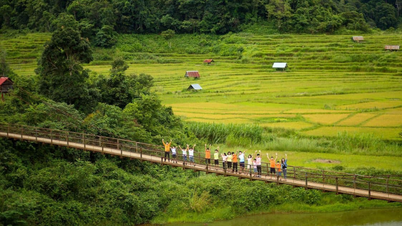
























































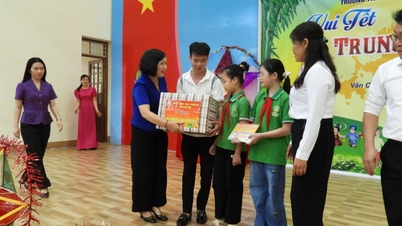


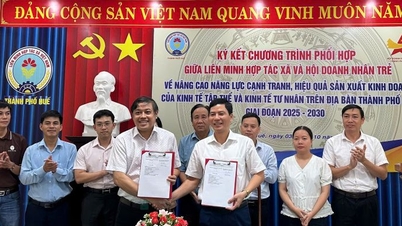

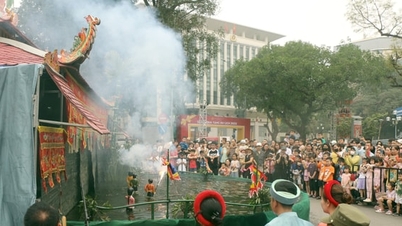













Comment (0)